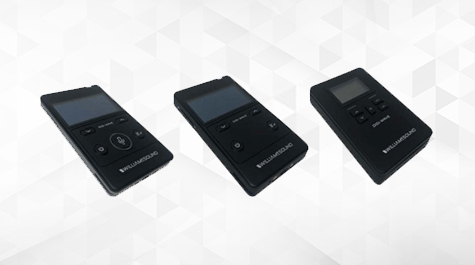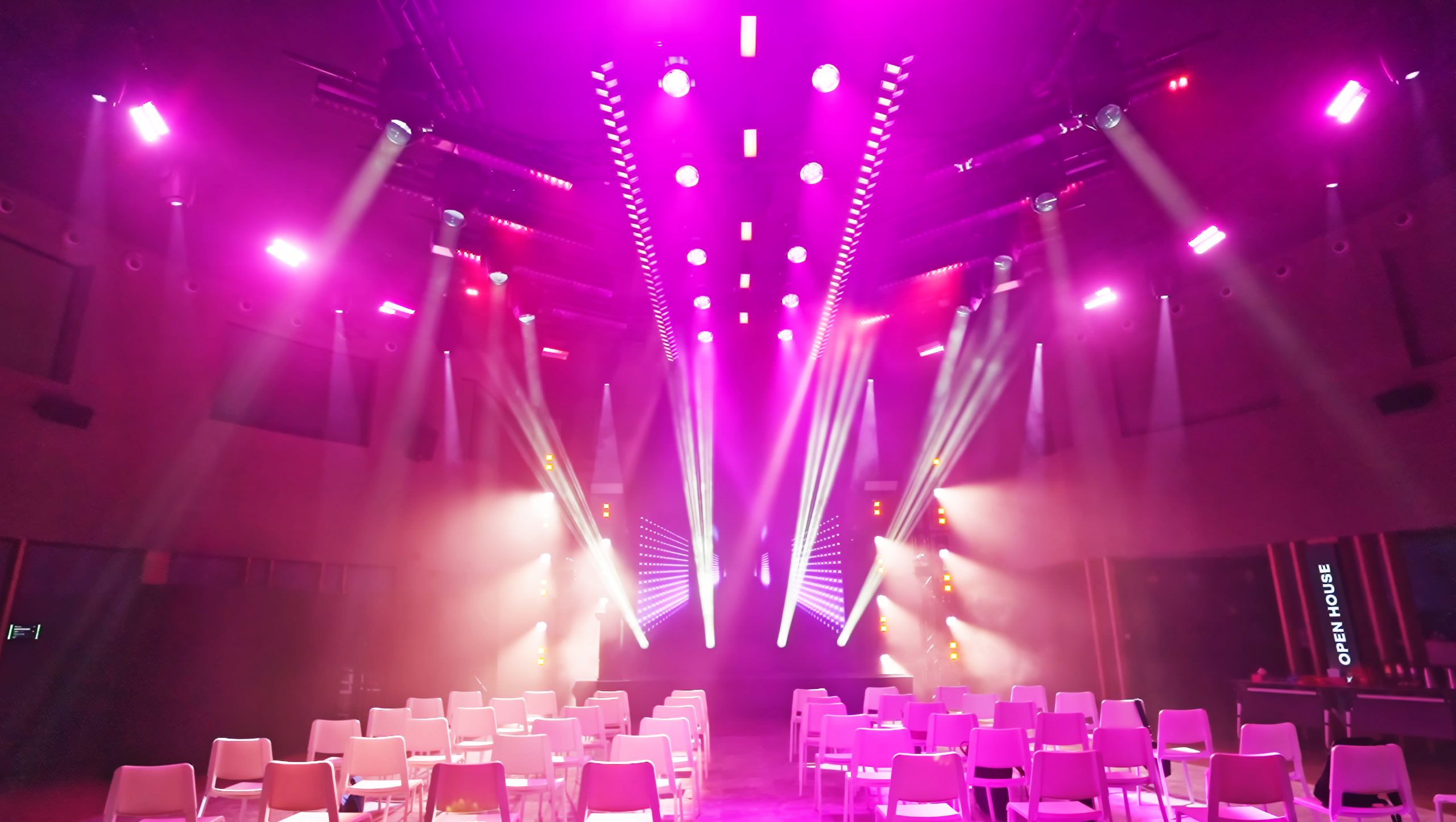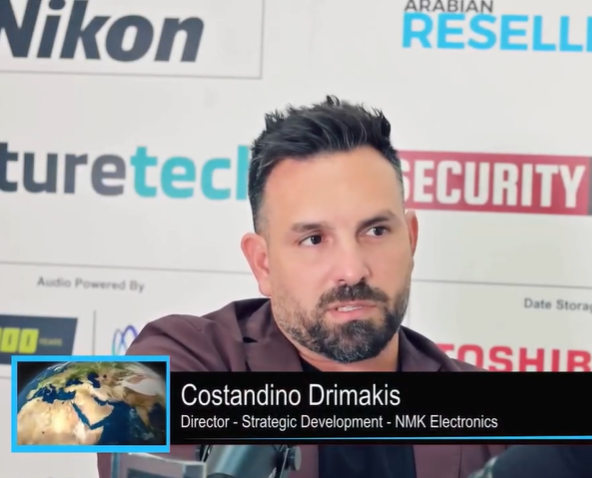Top 3 Takeaways:
- Prior to COVID-19, court hearings facilitated in-person trials to accommodate privacy, confidentiality and more. The pandemic halted many sessions, with respect to the health and wellbeing of everybody from the judge to the jurors. And yet, the presiding constitutional rights and entitlements of a speedy trial, the courts needed to find a way to adapt.
- The key concerns for court hearings, however, include security. Criminal and non-criminal proceedings must accommodate individuals’ privacy in some scenarios. What’s more, it’s often that attorneys must communicate with their clients and the judges privately. But how can that be done when everybody maintains at least six feet of distance between one another? The answer: Encrypted audio transmission.
- In scenarios and environments like the court system, clear communication is a must. But, it’s made tougher when masks shield facial expressions, plastic barriers muffle speech, and social distancing inhibits interpersonal collaboration. Video conferencing applications can solve for some of these uses, but not all. What’s needed is an encrypted audio communication system that allows the judge, attorneys, defendants and plaintiffs, and jurors continue with the proceeding in as normal a way as possible.
- Conclusion: Digi-Wave 400 Transceiver creates a two-way communication system that encrypts audio end-to-end, by leveraging a frequency-hopping algorithm. What this means is that anybody using the Digi-Wave equipment can communicate with others on the same system, without fears of a breach in confidentiality or privacy.
Story:
Court proceedings across the nation remain in a state of flux as rates of COVID-19 spike. However, judges, clerks, attorneys and others are better equipped now than they were in March 2020.
Many districts implemented safety standards to allow various court proceedings to continue in the summer, giving jurors and court staff peace of mind that their safety was a top priority. Hand sanitizer stations, social distancing measures, restricted access, and the use of personal protective equipment became the norm in courtrooms.
By the fall, many courtrooms resumed hearings. However, the backlog for trials continues to build as months of delays push back deadlines. Wherever possible, judges try to complete non-trial work via video conferencing and other virtual means to reduce the building workload. However, not all cases can move forward over Zoom.
“We have more than 80 criminal trials waiting, everything since last February,” said Robert M. Farrell, clerk of court for the District of Massachusetts, in an article. The normal trial-ready caseload is about 20.
As with many others, the pandemic put a great deal of pressure on the justice system, leaving all to adapt to the times in the best ways they can with the information provided by federal and state public health authorities.
Part of those adaptations have to do with the courtroom itself, but also how people communicate within those environments and the technology that enables it.
Courtrooms Need a Secure Audio Solution for Judges and Counsel
Given that the transmission of COVID-19 happens more efficiently when people are within close proximity to one another, the dynamic within courtrooms must change to allow adequate social distancing. However, by extension, this limits the number of people who can sit in the room. It also affects the way attorneys can communicate with their clients, the judge and jury.
As an attorney, how can you ensure the conversation between you and your client remains private? It’s hard to keep information private when you’re separated at least six feet apart.
Courtrooms across the U.S. are looking for solutions to these challenges, balancing constitutional rights and privacy with safety and public health risks.
In Minneapolis, Minnesota, criminal trials resumed in selective counties by September. But, the courtrooms looked vastly different.
The courts worked with the state’s department of health to implement every safety precaution they could to keep jurors and all others safe during trials.
“We have tried very hard to balance individual rights with the risk of infection, and we’ve been successful so far,” said John Tunheim, chief judge for the U.S. District Court of Minnesota, in an interview with the Star Tribune.
At the beginning of one criminal trial in September, Judge Nancy E. Brasel began the hearing with a tour of the new systems and workflows set in place. “We have spent an extraordinary amount of time and energy and court talent to develop everything we can that minimizes the risk to the jurors,” Brasel told the newspaper.
Brasel pointed out the seating area for the jury resembled a penalty box, with its enclosed Plexiglass housing. However, that wasn’t the only noticeable change.
Judge Brasel pointed out headsets for the attorneys, prosecutor, defendant, and others. Along with the judge, they wore the headsets, which connected to a transceiver, to communicate with one another during the trial.
This communication system allowed the defense and prosecution to speak amongst themselves privately, maintaining a safe distance from one another. They could also speak with the judge on a private channel when needed.
Not only did this solution eliminate the need for a close-quarter encounter, but it accommodated privacy as well. Chief Judge James K. Bredar, of the U.S. District Court for the District of Maryland, described similar solutions for his courtroom, which has taken many precautions to continue with jury trials.
“Plexiglass shields erected throughout. No public gallery. All participants masked, and lawyers wearing headsets so they look like air traffic controllers,” said Bredar in a U.S. Courts article, describing updates to the courtroom.
Along with the non-technical precautions, a private and secure audio system that can enable private communication will play a critical role in helping the courts continue leveling its backlog and providing a safe environment for judges, attorneys, and others. In many respects, a system like this bridges the physical gap between people when in-person communication must take place during the pandemic.
Encrypted Audio Solutions Bridge the Social Distance
Social distancing has become the norm, because it’s one of the leading ways to prevent the spread of COVID-19. But, it creates a divide — literally.
Attorneys will need to communicate with clients, judges and others in a private way, which is tougher while social distancing in a courtroom. So, how can the courts balance the need for private communication with safe social distancing?
Williams AV developed the Digi-Wave audio system to enable communication in scenarios like the courts.
The Digi-Wave 400 Transceiver creates a two-way communication system that encrypts audio end-to-end by leveraging a frequency-hopping algorithm. What this means is that anybody using Digi-Wave equipment can communicate with others on the same system, without fears of a breach in confidentiality or privacy. This is the same system used in the Minneapolis criminal court proceeding mentioned earlier.
Contact us for a live demonstration.






